White Widow
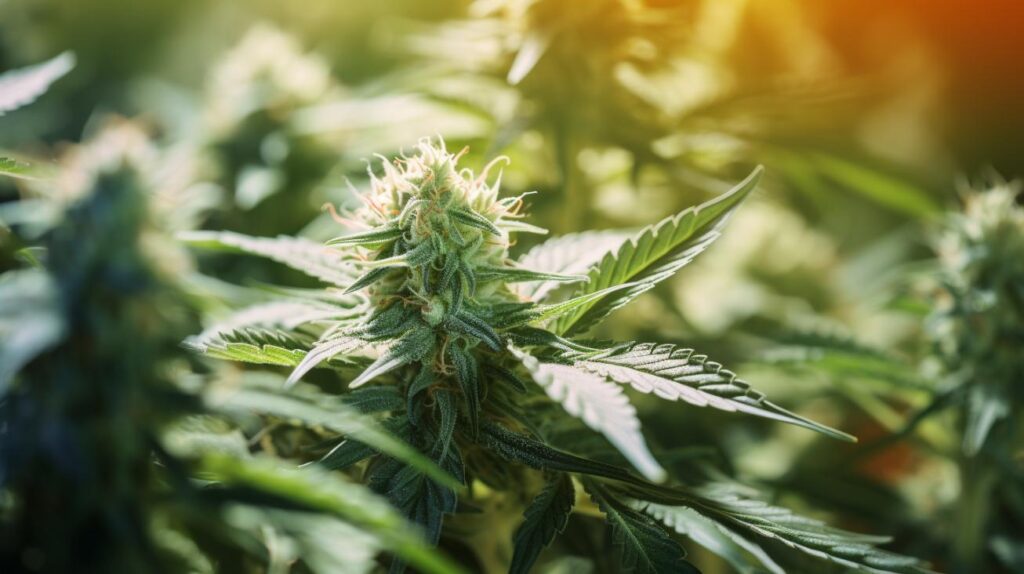
In the diverse world of cannabis strains, White Widow holds a venerable position, renowned for its balanced effects that cater to both recreational and medicinal users. Its genetic composition, a meticulous blend of Brazilian sativa and South Indian indica, bequeaths it with a unique profile that has been the subject of much admiration since its inception in the early 1990s.
White Widow’s notable potency and the conjoint cerebral and physical experience it provides have led to extensive discourse in cannabis circles, often highlighting its potential for therapeutic application. As we examine the terpene profile and its influence on the strain’s aroma and effects, as well as the empirical data from research studies, a more nuanced understanding of White Widow and its place in both the culture and science of cannabis begins to emerge.
However, the conversation around this storied strain is far from complete, as ongoing debates and anecdotal testimonies suggest there are still layers to its character that await further exploration.
Genetic Lineage
Tracing its origins back to a cross between a Brazilian sativa landrace and a South Indian indica, White Widow emerges as a quintessential balanced hybrid with a 60% sativa and 40% indica genetic makeup, a testament to the innovative breeding practices pioneered by Green House Seeds in the early 1990s. This carefully crafted lineage combines the cerebral invigoration of Brazilian sativa with the dense, resinous qualities inherent to the South Indian indica, offering an archetype of equilibrium in the cannabis world.
The White Widow strain stands out with buds blanketed in a shimmering coat of crystal resin, indicative of its South Indian indica heritage, which is renowned for its potent resin production. This feature not only contributes to the aesthetic appeal of the strain but also to its robust cannabinoid profile, with THC levels at 15%, making it a prime choice for moderate consumers seeking balance between the psychoactive and physical effects.
The influence of White Widow extends beyond its immediate characteristics, as it has lent its genetic prowess to the development of other notable strains such as White Russian, White Rhino, and Blue Widow. This lineage underscores its significant role in the emergence of high-THC cultivars. The dominant terpene caryophyllene further shapes its earthy aroma with pine undertones, complementing its genetic profile with a complex sensory experience. The synergy of its genetics results in a harmonious interplay of creativity, energy, and euphoria, appealing to both sativa and indica aficionados.
THC/CBD Content
The White Widow strain boasts a robust THC content ranging from 18% to 25%, paired with a modest 1% CBD, establishing it as a potent choice for those seeking the dynamic interplay of psychoactive and potential therapeutic effects. This cannabis strain’s balanced THC/CBD ratio underscores its popularity among users who prioritize a strong, cerebral high without foregoing the subtle influence of CBD’s medicinal properties.
White Widow’s cannabinoid profile reveals a nuanced composition that caters to both recreational enjoyment and potential alleviation of certain conditions. Its THC dominance is responsible for the strain’s prominent mind-altering effects, which can manifest as a burst of euphoria and creativity. Conversely, the lower CBD content, while not as pronounced, may contribute to a more rounded experience, potentially mitigating some of THC’s intensity and reducing the likelihood of undesirable side effects such as anxiety.
Here is a detailed breakdown of White Widow’s cannabinoid content:
| Cannabinoid | Percentage |
|---|---|
| THC | 18% – 25% |
| CBD | ~1% |
| THC/CBD Ratio | Balanced for psychoactive and therapeutic effects |
| CBN (as it ages) | ~1% |
Understanding the THC/CBD content is crucial for consumers to gauge White Widow’s potency and to anticipate its effects. This knowledge allows for informed decision-making, particularly for those exploring cannabis for its therapeutic potential.
Terpene Profile
Delving into the terpene profile of White Widow, one finds a complex bouquet that significantly influences both flavor and potential therapeutic effects. This renowned cannabis strain is distinguished by a diverse array of terpenes, each contributing unique characteristics that enhance the overall consumption experience.
Caryophyllene, a prominent terpene in White Widow, imparts an earthy, spicy, and woody flavor profile. Its presence is not merely about taste; caryophyllene is also known for its potential gastroprotective and anti-inflammatory properties, which may be beneficial for consumers seeking relief from certain conditions.
The myrcene content in White Widow is noteworthy for its possible sedative and muscle relaxant effects, potentially making this strain an option for those looking to unwind or soothe bodily discomfort. Limonene adds a bright, citrusy aroma to the mix, which might correlate with mood elevation and stress relief, offering a more uplifting experience.
Additionally, pinene contributes to White Widow’s signature pine-like scent and may harbor anti-inflammatory and bronchodilator effects, which could aid in respiratory function. Linalool, with its floral undertones, is another key terpene that might provide anxiolytic benefits, promoting relaxation and potentially reducing anxiety.
Together, these terpenes form a synergistic blend that defines the White Widow cannabis strain’s distinctive appeal, both in terms of its aromatic profile and its multifaceted therapeutic potential.
Effects
Exploring the effects of the White Widow strain further, users often report an energetic surge that elevates mood and stimulates mental activity, reflecting its complex terpene profile’s influence on user experience.
The White Widow strain is renowned among cannabis consumers for its potent and multifaceted effects that can vary from one individual to another, but generally include:
-
Energetic and Uplifting Effects
-
Promotes a sense of well-being and vitality, ideal for daytime use
-
Can lead to increased productivity and motivation
-
Often sought after for its mood-enhancing properties
-
Social and Communication Enhancements
-
May reduce social inhibitions, making users more talkative and interactive
-
Facilitates engaging conversations and networking
-
Particularly favored for social gatherings and creative brainstorming sessions
-
Inspiration for Creativity
-
Stimulates imaginative thinking and artistic exploration
-
Helps in breaking through creative blocks
-
Encourages a fresh perspective on problem-solving
While the White Widow strain provides numerous positive effects for cannabis consumers, it’s important to be aware of potential drawbacks such as dry mouth and, in some cases, feelings of paranoia. These adverse reactions are particularly noticeable in individuals who may be sensitive to THC or new to cannabis use. As with any strain, moderation and understanding one’s own tolerance is key to a positive experience.
Medical Uses
White Widow’s multifaceted profile extends beyond recreational enjoyment, positioning it as a viable option for patients seeking relief from conditions such as stress, depression, and chronic pain. This cannabis strain is increasingly recognized for its potential therapeutic applications, underpinned by a cannabinoid composition that engages with the body’s endocannabinoid system to foster homeostasis.
The presence of specific compounds in White Widow links to the modulation of serotonin and dopamine receptors, which are crucial in regulating mood and emotional response.
The strain’s capacity to enhance mood is particularly beneficial for individuals grappling with mild depression and anxiety, offering a sense of well-being. For those experiencing anxiety and panic disorders, White Widow’s impact on neurotransmitter activity may improve communication and social interaction, leading to an increased ability to articulate thoughts and emotions without overwhelming stress.
Additionally, White Widow’s balanced profile induces a cognitive-driven high accompanied by a soothing undertone, making it an ideal choice for medical cannabis patients who require pain relief without sacrificing mental clarity. The strain’s effects can combat fatigue and stress, allowing for relaxation while the user remains alert and engaged.
Thus, White Widow stands out as a therapeutic candidate among cannabis strains, valued for its ability to alleviate various symptoms while supporting a functional state of mind.
Flavor and Aroma
While the therapeutic benefits of the White Widow strain are well-documented, its sensory appeal, characterized by a distinctive blend of flavors and aromas, also contributes to its widespread acclaim. The strain’s flavor profile is a tapestry of sensory experiences that deeply resonate with both novice and seasoned cannabis enthusiasts.
- Flavor Profile:
- Woody and Earthy: The foundational flavor of the White Widow strain is a robust earthiness, akin to a walk through a dense forest. This hearty taste is accompanied by a woody note that adds depth to the overall flavor.
- Spicy/Herbal Nuances: Layered within the dominant earthy tones are spicy and herbal hints. These create a complex bouquet that tickles the palate with each inhale.
- Sweet and Fruity: Contrasting the spiciness is a sweet, fruity undertone that rounds out the flavor. The White Widow strain teases with a sugary aftertaste, leaving a pleasant, lingering sweetness.
Analyzing the aroma, it is equally intriguing. The pungent and savory scent, underscored by piney freshness, emanates a rugged natural appeal. A whiff of spice punctuates this aroma, inviting users to take a moment to appreciate its olfactory intricacies.
Despite newer strains boasting more elaborate profiles, White Widow’s traditional flavor and aroma remain a hallmark within the cannabis community, offering a burst of euphoria that is as much a feast for the senses as it is a catalyst for creativity and conversation.
Appearance
The striking visual characteristic of the White Widow strain is its frost-like coating of white trichomes that generously cover the buds, giving them a distinctive and snowy appearance. The buds themselves are notable for being white with crystal resin, reflecting light to create a shimmering, frosty effect that is signature to the White Widow appearance. This visual allure is not by accident; it is a direct result of the strain’s extraordinary resin production during the flowering stage, which also contributes to its potent effects.
The White Widow’s buds are chunky and conical in shape, and they possess a loose and fluffy texture that can be deceiving given their potent nature. The plant itself has a short stature, but this does not detract from its visual impact. In fact, the dense cover of white trichomes that blankets the plant accentuates its compact form, making it a standout among cannabis varieties.
Moreover, the strain’s appearance is complemented by its earthy aroma with hints of pine, which enhances the overall sensory experience. The White Widow’s distinctive look, with its snowy trichomes and resinous buds, not only makes it visually appealing but also signals its high quality and potency to connoisseurs and casual users alike.
Grow Information
Cultivators of all experience levels will appreciate White Widow’s resilience and adaptability, as this strain thrives in both indoor and outdoor settings, provided the climate is mild, with a flowering period that typically spans between eight to nine weeks. Its robust genetics ensure that the White Widow plant can be grown indoors with relative ease or outdoors in suitable climates, a versatility that is highly prized in the cannabis cultivation community.
- Growing Conditions
- Indoor Cultivation: Grown indoors, White Widow requires standard care with adequate lighting, temperature control, and ventilation to prevent mold. Its moderate height makes it well-suited for limited spaces.
- Outdoor Cultivation: When grown outdoors, the strain benefits from a mild climate and ample sunlight. It is hardy against environmental stressors and can deliver generous yields in the right conditions.
- Resilience: Known for its resistance to mold and pests, White Widow is a forgiving strain for novices, yet its high resin production and potent effects make it equally attractive to seasoned growers.
The White Widow strain’s balanced genetic heritage not only contributes to its adaptability but also to its characteristic resin-drenched buds. The plant’s ability to yield an average or above-average harvest makes it a rewarding choice for both personal and commercial cultivators.
Adverse Effects
Users of the White Widow strain may encounter common cannabis-related side effects such as dry mouth and dry eyes, along with less frequent experiences of paranoia. As with many cannabis varieties, these adverse effects are part and parcel of the experience for some consumers. The White Widow strain, despite its celebrated status for inducing a state of euphoria and heightened creativity, is not without its potential drawbacks.
Dry mouth, medically known as xerostomia, occurs due to the modulation of salivary secretion, a known response to cannabinoids. This can lead to discomfort and is often accompanied by dry eyes, another side effect caused by the interaction of cannabinoids with the body’s endocannabinoid system, which can reduce tear secretion.
Paranoia, though less common, is an adverse effect that merits attention. It can manifest as an irrational feeling of anxiety or exaggerated worry about one’s surroundings. The psychoactive properties of the White Widow strain, primarily due to the THC content, may sometimes heighten senses to a point where some users could experience a distorted perception of reality, leading to paranoia.
When considering the use of the White Widow strain, potential consumers should be well-informed about these adverse effects. Adequate hydration and a comfortable, familiar environment can mitigate some of these effects, but individuals with a predisposition to anxiety or those new to cannabis should exercise particular caution to avoid discomfort.
Comparisons with Similar Strains
While considering the potential adverse effects of the White Widow strain is important, exploring how it compares to similar strains can provide consumers with a broader context for its use and effects. The White Widow strain, a well-known hybrid, stands out for its balanced high and distinctive flavor profile, yet it shares the stage with other popular strains that offer their own unique experiences.
-
White Russian
-
Relation: Offspring of White Widow, indica-dominant
-
Effects: More calming than White Widow, suitable for relaxation
-
Flavor: Sweeter, with a fruity twist compared to White Widow’s sharpness
-
Blue Widow
-
Hybrid Type: Sativa-dominant, contrasting White Widow’s more balanced nature
-
Experience: Provides a high that is both cerebral and physically relaxing
-
Taste: Infuses blueberry notes into the earthy undertones, differentiating it from White Widow’s classic profile
-
Black Widow
-
Genetic Link: Essentially the original White Widow under a different name
-
Potency: Known for a more intense and enduring high
-
Aroma: Shares the earthy, spicy flavor but may present a stronger aftertaste
Analyzing these comparisons, consumers can discern that while each strain may share a genetic thread with White Widow, their individual effects, flavors, and experiences cater to different preferences and occasions.
Research and Studies
Delving into the scientific literature reveals that the White Widow strain’s high THC content, ranging from 18% to 25%, ranks it among the more potent options for cannabis enthusiasts and medical marijuana patients alike. The original White Widow, with its robust terpene profile and substantial cannabinoid concentration, has been a subject of interest for researchers exploring its therapeutic potential. Studies have underscored its efficacy in alleviating symptoms associated with stress, anxiety, depression, and chronic pain. These findings exemplify the strain’s versatility in addressing a spectrum of conditions, enhancing its medicinal appeal.
Further research into the Widow strain highlights its cognitive-driven high, characterized by a stimulating yet relaxing undertone. This unique balance is conducive to social interaction and mental engagement, suggesting a multifaceted recreational and therapeutic application. Moreover, the resilience of White Widow, as evidenced by its resistance to common plant diseases, has been noted in agricultural studies, positioning it as an accessible choice for novice cultivators.
Genetic analysis attests to White Widow’s influence on the development of other widely acclaimed strains, such as White Russian, White Rhino, and Blue Widow. The scientific community recognizes the Widow strain’s genetic legacy, acknowledging its significant contribution to the diversity of cannabis cultivars available today.
History and Origin
The White Widow strain, a masterful genetic fusion of a Brazilian sativa landrace and a resin-dense South Indian indica, emerged in the Netherlands during the 1990s under the cultivation expertise of Green House Seeds. This hybrid quickly ascended to iconic status, captivating cannabis enthusiasts with its balanced effects and potent resin production. Its storied history is deeply entwined with the evolution of modern cannabis culture, particularly within the Dutch coffee shop scene.
-
Green House Seeds and Cultivation:
-
Pioneers in cannabis breeding, Green House Seeds cultivated Widow Marijuana, blending diverse genetics to achieve a harmonious balance of sativa and indica traits.
-
Their innovative approach led to the creation of a strain with prolific resin production, a hallmark of quality.
-
Awards and Recognition:
-
Triumph at the 1995 Cannabis Cup solidified White Widow’s reputation as a premier strain on the global stage.
-
Since its inception, numerous breeders have garnered accolades for their renditions of White Widow, underscoring its consistent excellence.
-
Legacy and Influence:
-
White Widow’s genetics have given rise to illustrious descendants, such as White Russian, White Rhino, and Blue Widow.
-
Its enduring popularity is a testament to its impact, remaining a revered choice among cannabis connoisseurs worldwide.
An analytical examination of White Widow reveals a strain that not only transformed Green House’s legacy but also set a benchmark for hybrid vigor and quality.
Frequently Asked Questions
Is White Widow a Sativa or Indica?
The categorization of cannabis strains into sativa or indica depends on their genetic origins and cultivation climate. The subject strain exhibits a balanced profile, indicative of both sativa energy and indica relaxation.
Is White Widow a High Yielder?
Assessing the yield potential of a cultivar requires analyzing its growing techniques and climate adaptation. A high-yielding plant typically exhibits robust growth and adaptability to various environments, facilitating abundant harvests.
What Are the Effects of White Widow Cbd?
The effects of CBD, when utilized in certain hybrids, often manifest as mood elevation and have various therapeutic applications, including stress relief, pain mitigation, and the enhancement of cognitive and creative functions.
Is Black Widow Strain Strong?
The Black Widow strain, recognized for its genetic lineage, exhibits remarkable potency. Its high THC content suggests a robust profile, typically yielding intense, enduring effects suitable for seasoned consumers seeking profound experiences.

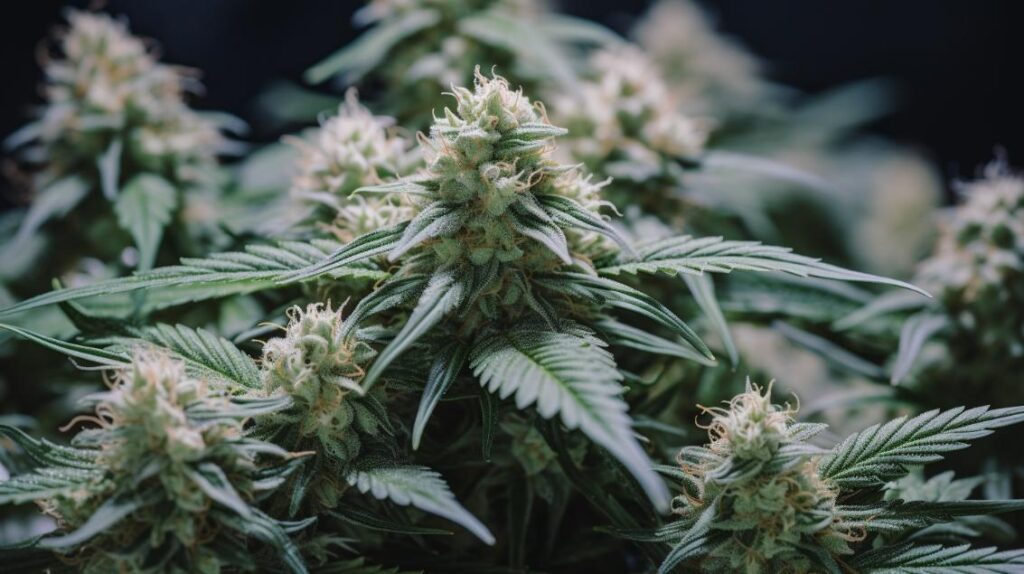
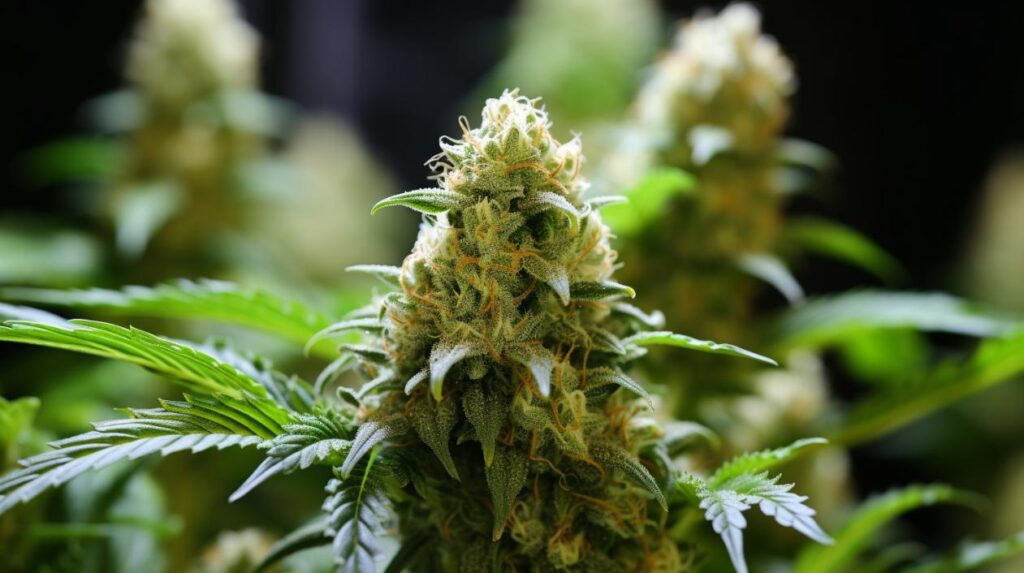
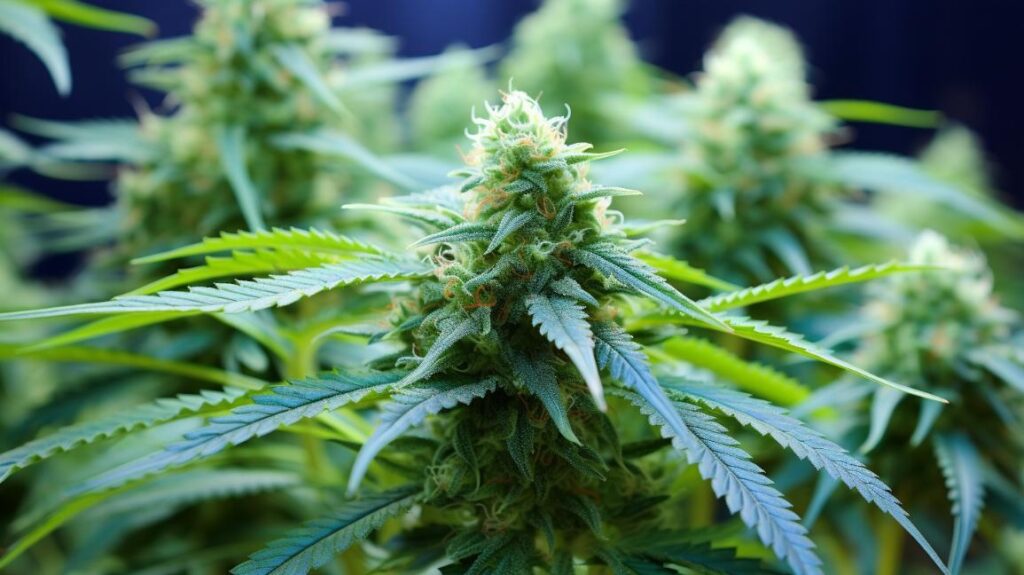
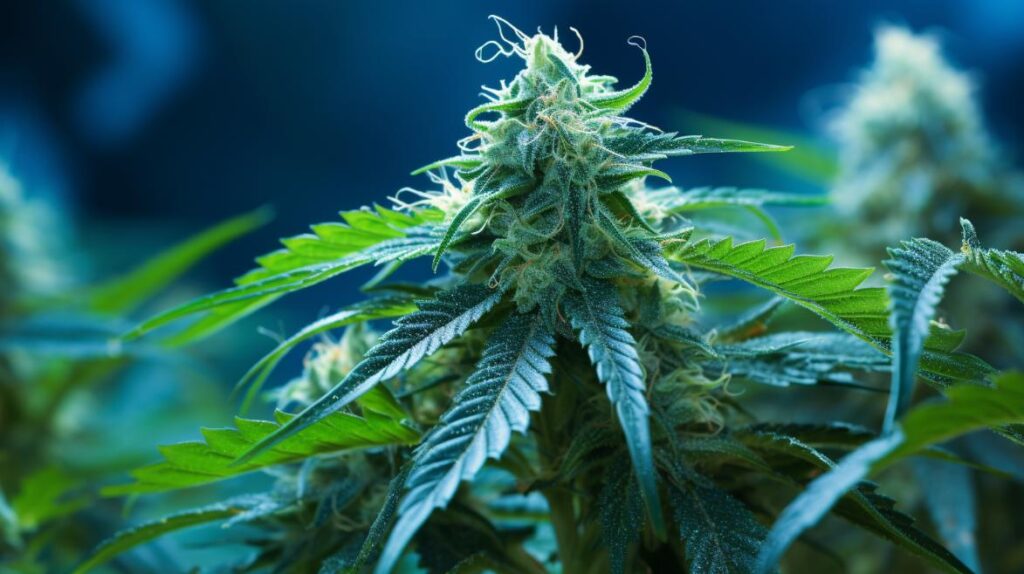
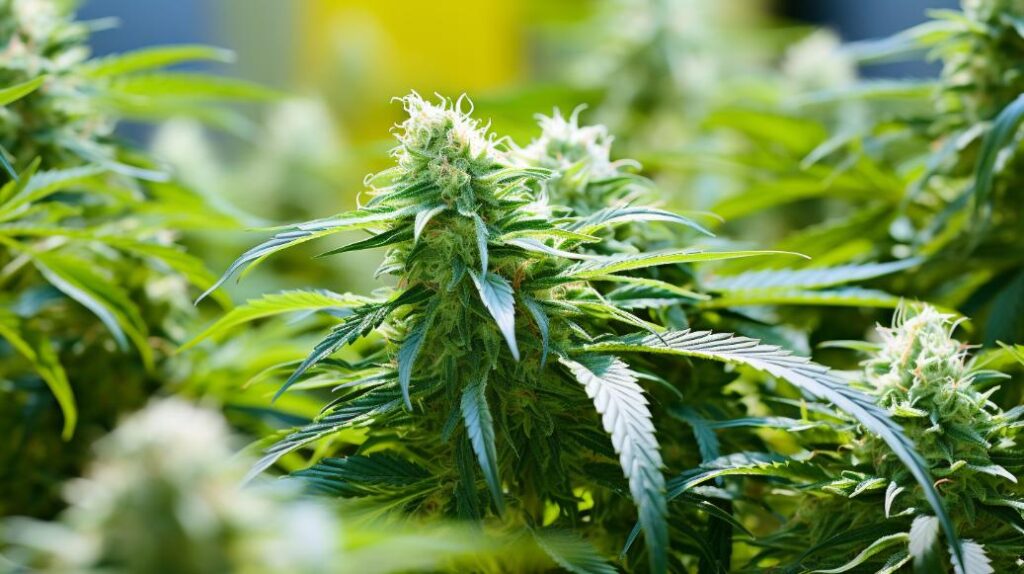

Responses